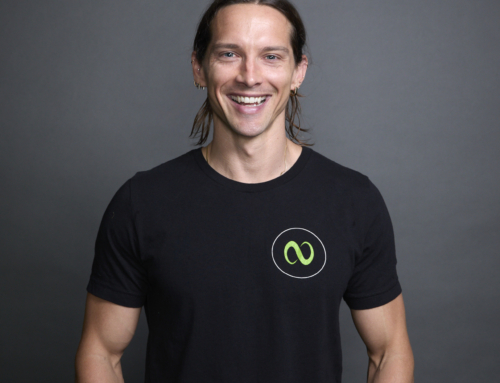by Daniel Lucas..
This is the first installment of our “Back to Basics” series, and we could not have started with a more fundamental exercise—the plank. Though the plank seems like a really basic exercise, believe it or not the majority of people we assess at Nimble Fitness are not aware of how to really do a plank. And some people are actually weakening the muscles that a plank is supposed to strengthen!
Plank exercises build stability around the spine and joints, or what Mark Verstegen (strength coach of the German national soccer team) calls “pillar strength.” Having the ability to stabilize your body in all planes of motion, centered around a strong core “pillar,” is key to not only athletic performance, but staying ahead of injury in general.
Let’s cover some common “planking” mistakes people make:
- Mindset: If you attempt a lazy-ass plank, you’re going to end up with a lazy-ass plank. And if you think of the plank as being a boring exercise that only warms you up for something else, I’m here to change your thinking! We see this with many people when they first come in to Nimble. Take loading your body seriously, and see if you can get the most out of the time you commit to training. This means going in to the plank exercise with a commitment to being strong and performing the exercise well. So, great technique begins with quality intent!
- Get Grounded: The plank is a full-body core exercise, and most people go right to it, training the plank on their toes and elbows without the form or strength to do it right. I suggest starting on your knees and elbows first. Work your way up to a full minute with this technique before you tackle the full plank.
- Proper Form: In a solid, balanced plank, your pelvis should be in a neutral position, or tilted slightly posterior, with no lower back discomfort at all. The goal here is not to “work your lower back,” but to have all the core musculature working together to support your torso. Your hips, shoulders and ears should be in alignment, not at different levels. Do not look up, but keep your head and neck in a neutral position. You want to train your body for better upright posture, not worse! On your elbows and knees, you should be looking at the ground, with shoulder blades slightly retracted so that your lats work and your mid-back muscles are active. Open your chest. You will feel your abdominals more when you use these keys.
The plank is a 360 degree exercise! There are tons of ways to perform a plank—a lot of great variations that we enjoy at Nimble–and if you perform them with quality technique you will complement your posture and build solid core strength. Master the basics first, progress from simple to complex and listen to your body!
Namaste
Daniel
.


